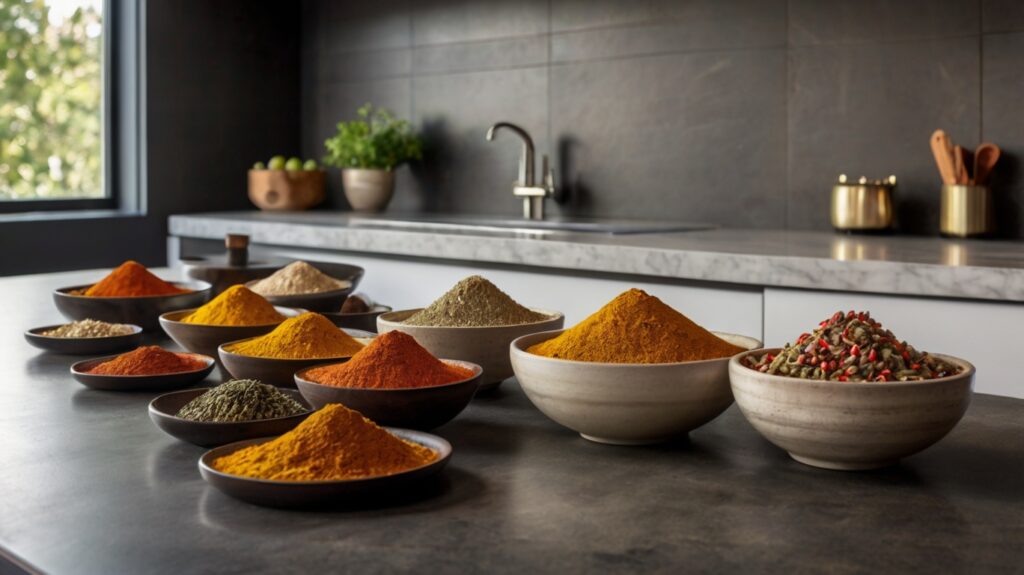Spices have been an integral part of culinary history, originating thousands of years ago as valuable trade goods. Used not only for flavor but also for preservation, they became central to many cultures worldwide.
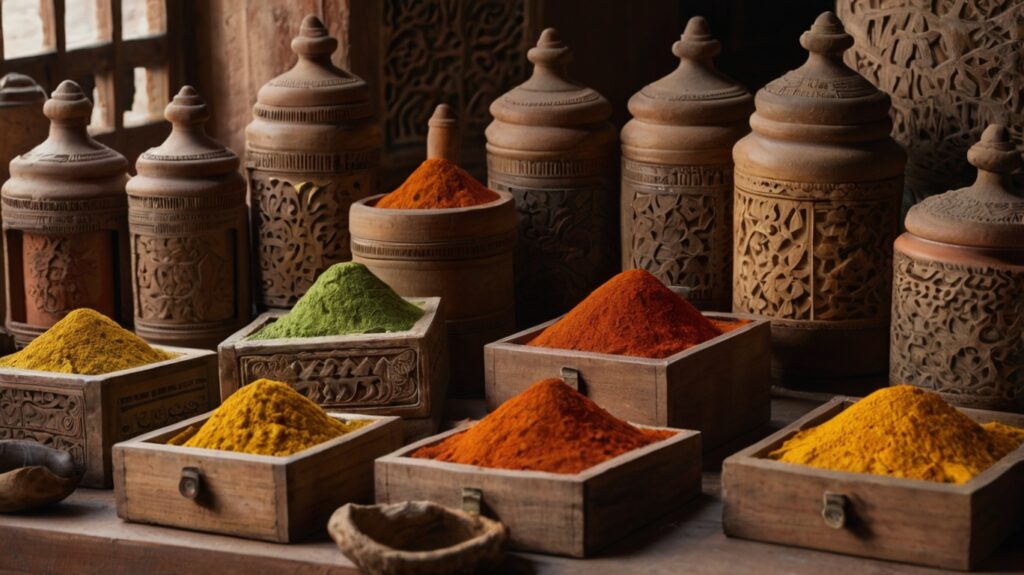
Over centuries, spice routes connected the East and West, with India, the Middle East, and Southeast Asia becoming key sources. Traders and explorers helped popularize spices globally, making them accessible in markets everywhere.

Some of the most popular and essential spice powders include turmeric, red chili, cumin, coriander, and ginger. Each has a unique flavor profile and is used in both traditional and contemporary cuisines.
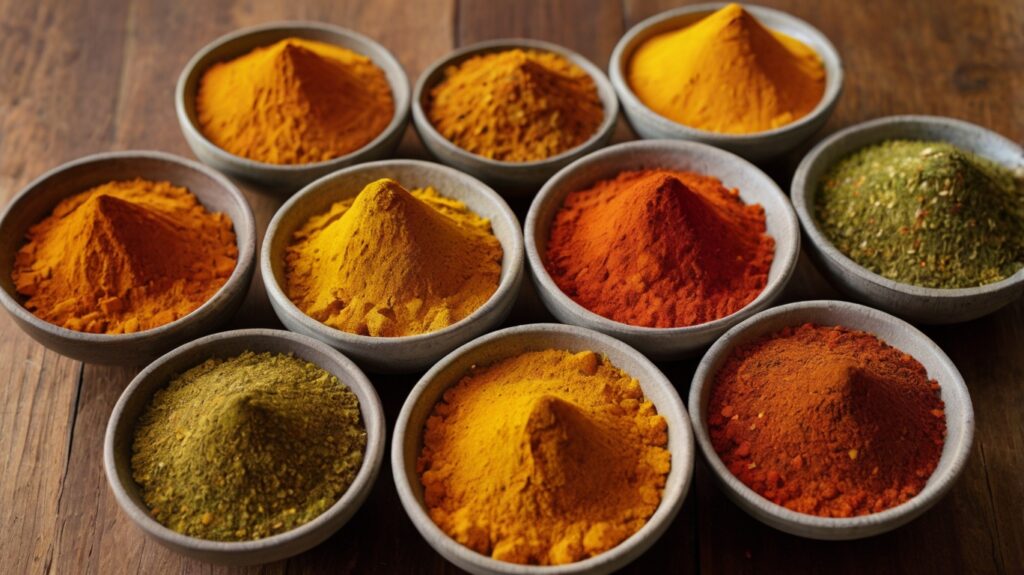
Today, spices are available in pure and blended forms like garam masala, curry powder, and ras el hanout. These blends are crafted to capture regional flavors and have become a staple in international kitchens.
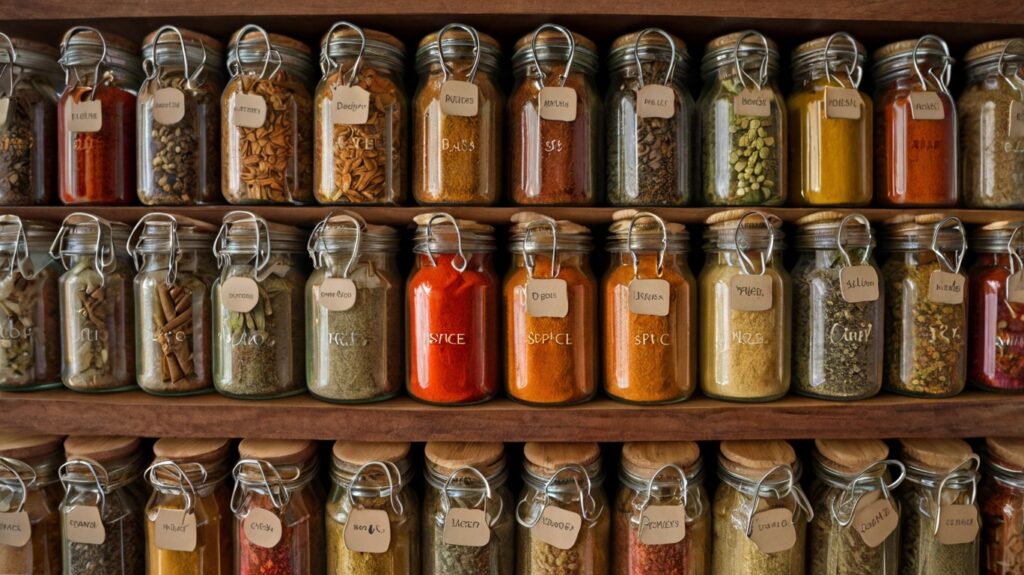
The process of turning whole spices into powder involves drying, grinding, and packaging, all with a focus on preserving aroma and potency. Modern techniques ensure high quality while catering to global demand.
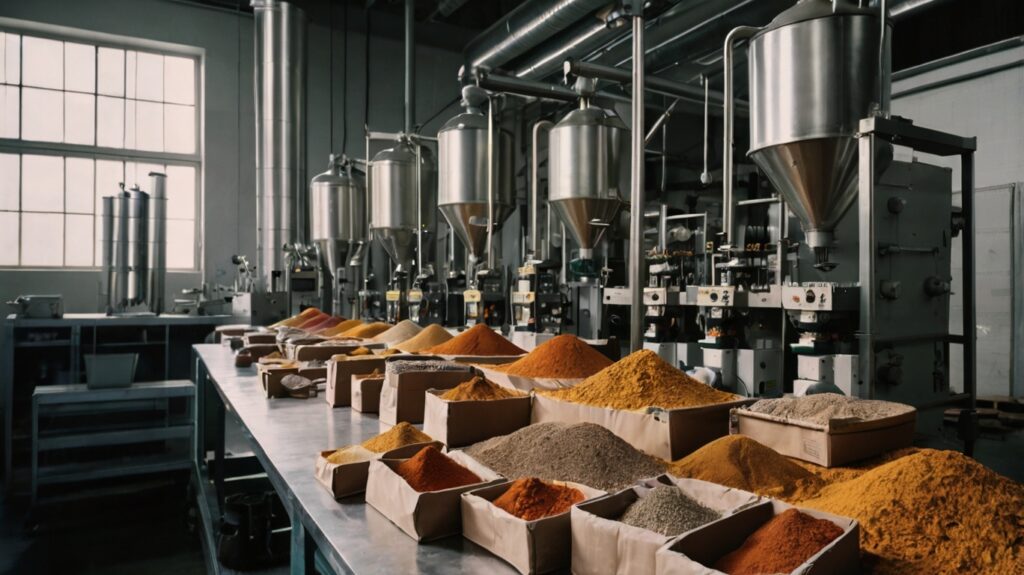
Spice powders remain essential in kitchens, with a wide range of applications in food, wellness, and even cosmetics. They continue to connect cultures through shared tastes and recipes.
